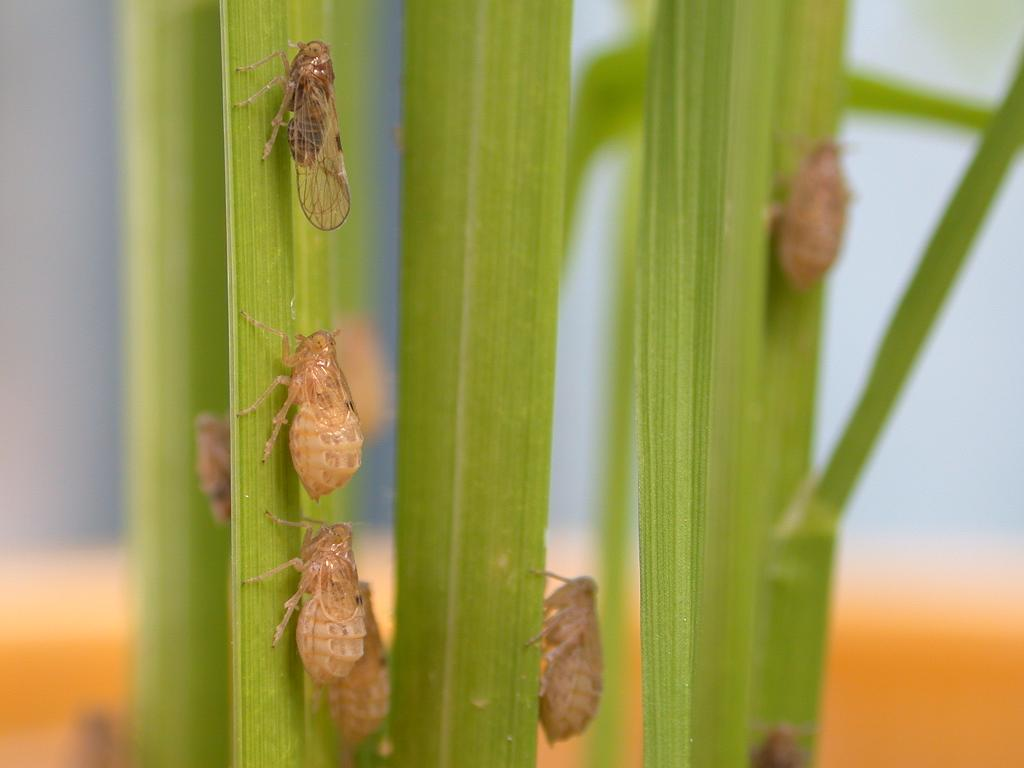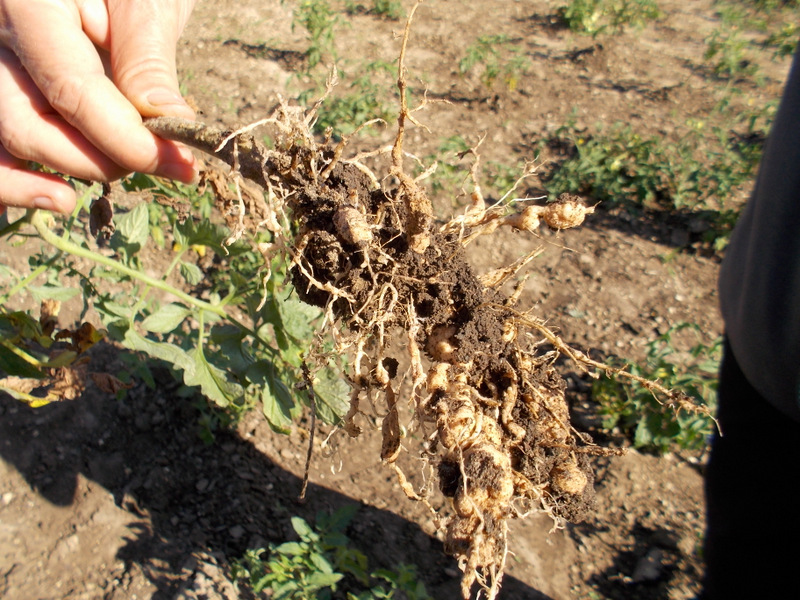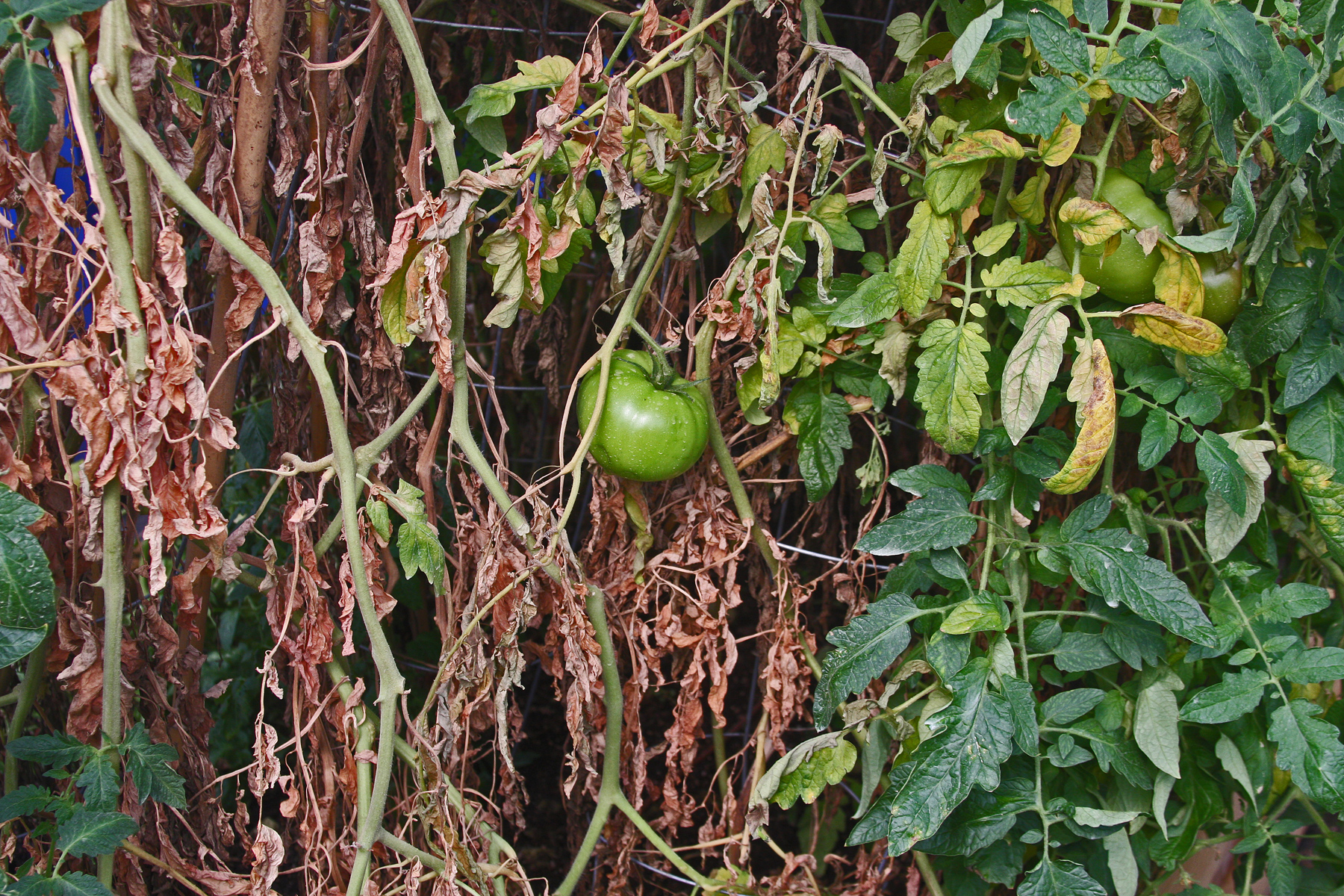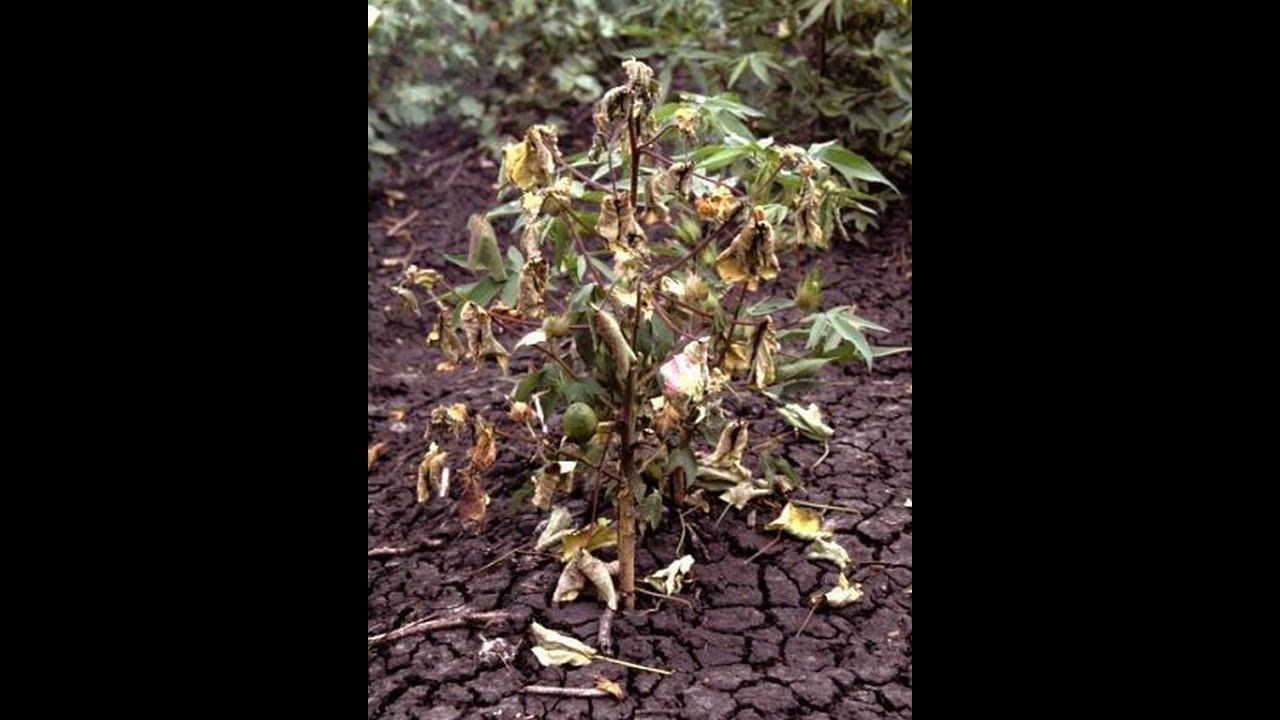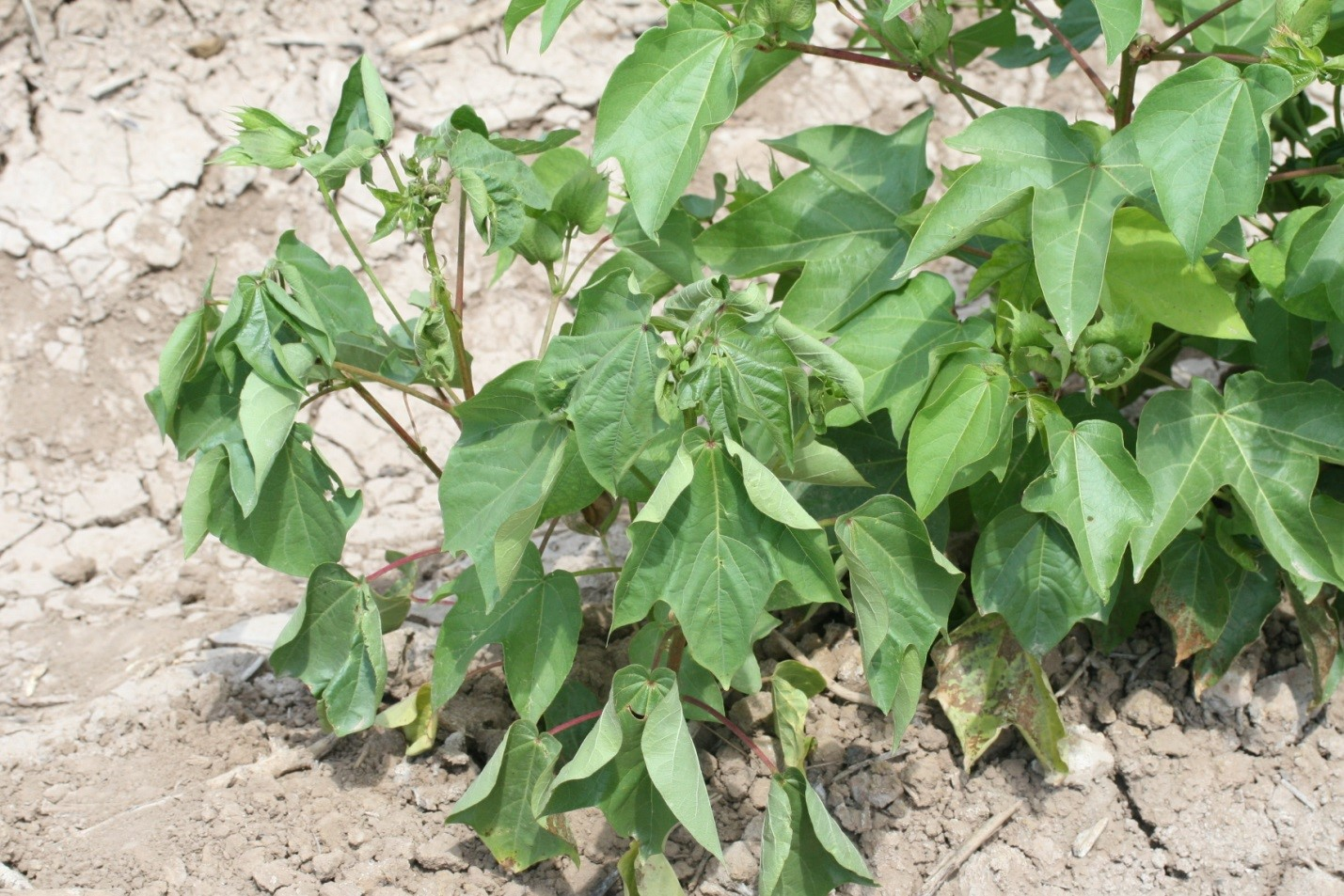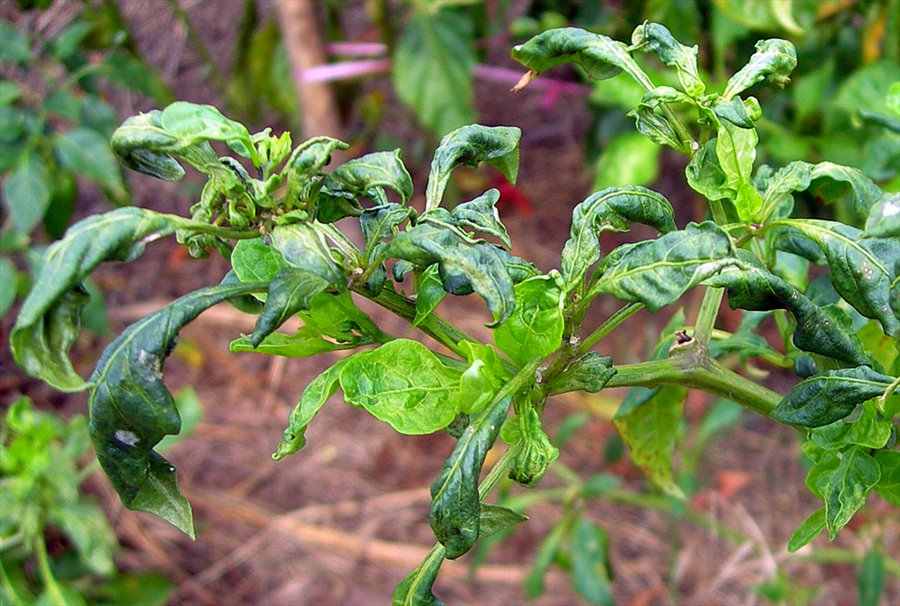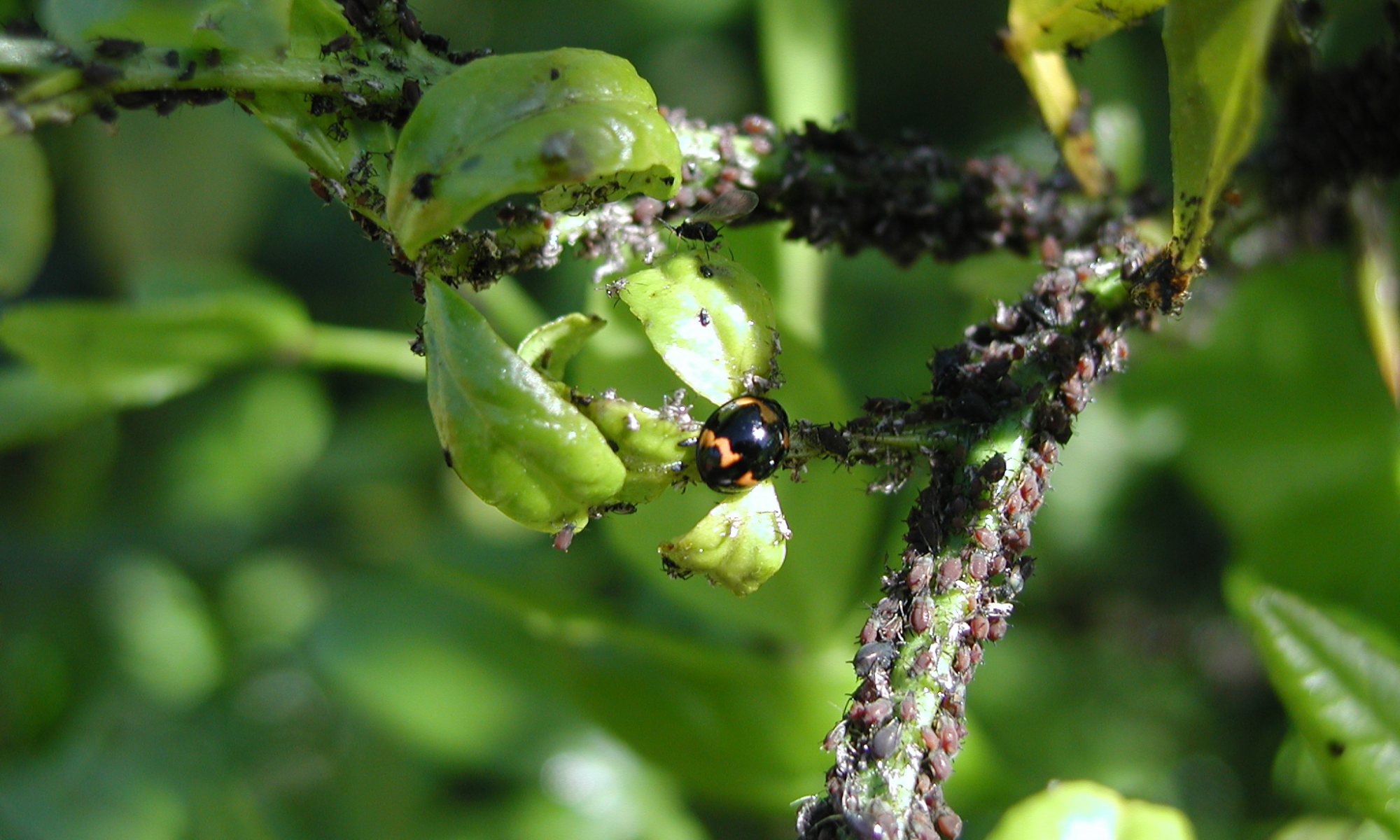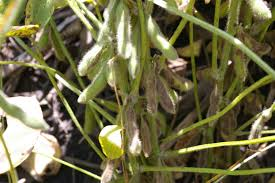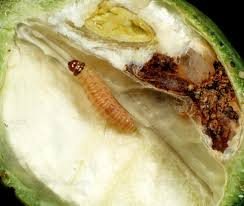- crescent-shaped white eggs inserted into the midrib of the leaf sheath
- white to brown nymphs
- brown or white adults feeding near the base of tillers
- The feeding damage caused by planthoppers results in the yellowing of the plants.
- At high population density, hopper burn or complete drying of the plants is observed. At this level, crop loss maybe 100%.
Like and share with other farmers by clicking on the button below
Share
